“The most memorable lesson has been to be brave in taking shots,” says Theophilus Donoghue about an everlasting message from Steve Schapiro, his late father and legendary photojournalist. Steve and Theophilus co-authored a new book, seventy thirty, indicating the respective percentages of their contributions towards the book. We spoke to Theophilus about his experiences in photography, his close bond with his father, and how he approaches his photography these days.
Subscribers get some sweet perks and are automatically entered into contests! Download our app for iOS, iPad, and Android and get no banner ads for $24.99/year.
Steve Schapiro’s contributions to American photojournalism are well documented, but what you may not know is that he was occasionally a set photographer in Hollywood productions. He recorded every aspect of the iconic movie Taxi Driver and was instrumental in creating iconic stills for the movie The Godfather. His skills of photographing opportune moments with ease have clearly been passed down to his son, Theophilus, who is an established documentary photographer. Their book seventy thirty, set to be released later this year, is a collection of portraits and street photos taken across many decades. It features people from all walks of life: from celebrities to commoners, the rich to the homeless, and is mostly shot in black and white.
The Essential Photo Gear Used By Theophilus Donoghue
My dad wasn’t and I’m not a techie. I can’t go into detail about all of the equipment Steve used in the past, but he started shooting digital in the early 2000s. Steve mainly worked with a Nikon D800 as have I. Throughout his life, Steve was loyal to Nikon. There sadly isn’t much more to say.
The Phoblographer: Hi Theophilus. Please tell us about yourself and how you got into photography.
Theophilus Donoghue: As you might imagine, I got into photography due to the influence of my late dad, the famed photographer Steve Schapiro. My dad mentored me and taught me what to look for in an image. His philosophy, which I’ve adopted, centers upon the importance of design, emotion, and information as being the key ingredients to a great photo.
Steve and I began working on two projects for the first time back in early 2018: a project about the Christian social activist Shane Claiborne and a project about NYC. The Claiborne project was inspired by Steve listening to the audiobook for Shane’s Irresistible Revolution. While listening to it, Steve excitedly looked at me during our car trip to New York and said, “We’ve got to work with this guy!” We contacted him, and Shane was open to the idea. That project was completed and will hopefully be published within the next couple of years. The NYC project was initially inspired by the guided walking tours of the legendary historian/philosopher/poet/tour guide Timothy “Speed” Levitch, who was the subject of Bennett Miller’s inspirational documentary The Cruise. Steve and I explored the city both on our own and with Speed, and many of the recent NYC photos in seventy thirty are drawn from our monthly trips there during 2018.
Toward the end of 2018, I went on an 11-month mission/volunteer trip called The World Race. (My journal writings from this trip are featured on my website.) I’d feel as though I were selling out if I didn’t mention that my primary focus in life is to follow Jesus. I don’t connect with all of the elements of religion and definitely don’t identify with the bigotry and narrow-mindedness which can occasionally be associated with factions of the Christian Church, but following Jesus’s teachings is the foundation of my life. That being said, I went on The World Race without a camera since I wanted to have a pure focus for the trip. However, as the trip progressed, I felt an inner nudge to document my experience, and the father of a fellow traveler delivered my camera to me in Nicaragua. In late 2020, Steve was asked to participate in ARTSY’s 20 21 Artists in Support of the Human Rights Watch benefit auction. Each well-known artist was requested to select a budding artist to contribute a piece for the auction. Without being prodded, Steve chose me, and I submitted Hindsight Intersection featured in seventy thirty. Two prints of it sold in the auction (not to my mom! or any family and friends). With the encouragement of my dad and Michelle Monroe from Monroe Gallery in Santa Fe, I decided to put my work on display even though I had and still harbor an intention to keep shooting and releasing most book projects later in life. I find it inspirational to share with fellow photographers and artists in general that dad’s first book American Edge wasn’t released until he was 65.
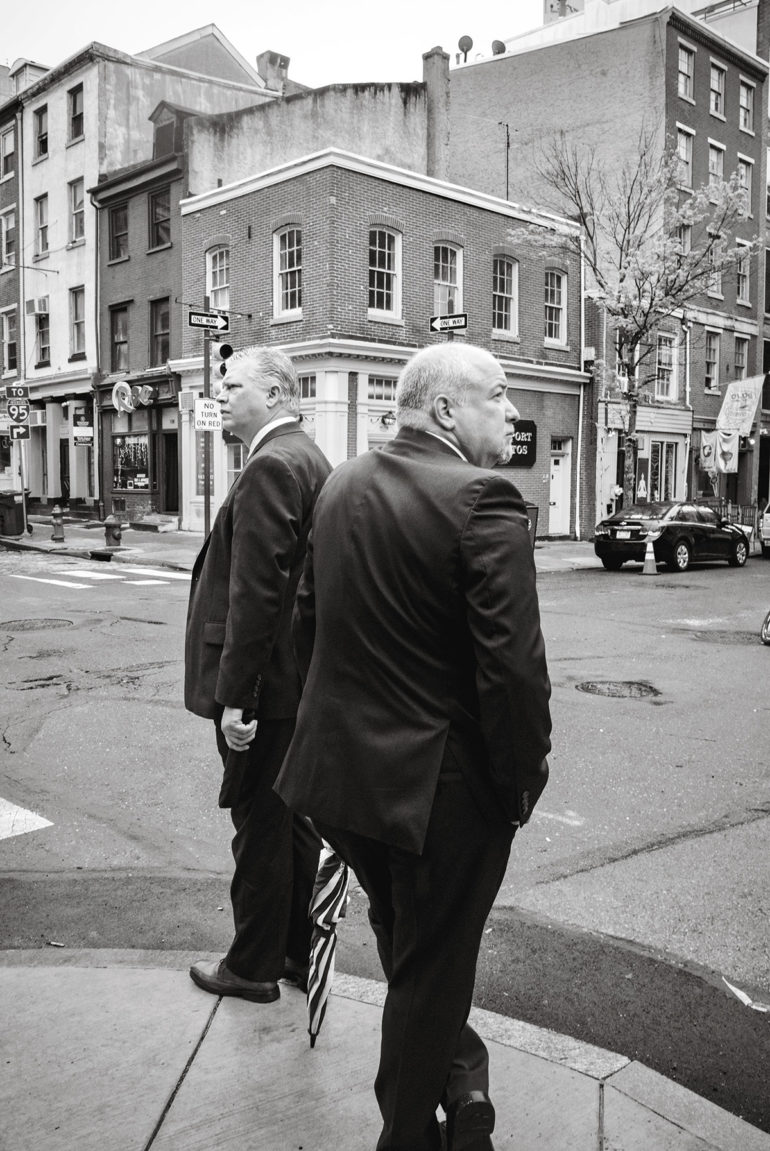
The Phoblographer: An interesting title depicting the percentage of work in the book by your late father and you, respectively. Were there other titles in contention before this was picked (by you)?
Theophilus Donoghue: This book was mainly designed by Steve and his wife/my mother Maura Smith last year. Maura selected the title based upon the percentages of photos in the book: 70% Steve’s and 30% mine. Maura and Steve put together at least 7 book projects last year. When Steve’s friend and gallerist David Fahey visited Steve last autumn, he looked at all of the projects and thought seventy thirty was the best one with which to lead. Damiani approved of the project as well, and we all moved ahead with it. Maura, Steve, and I all thought Steve would live another year to see it published.
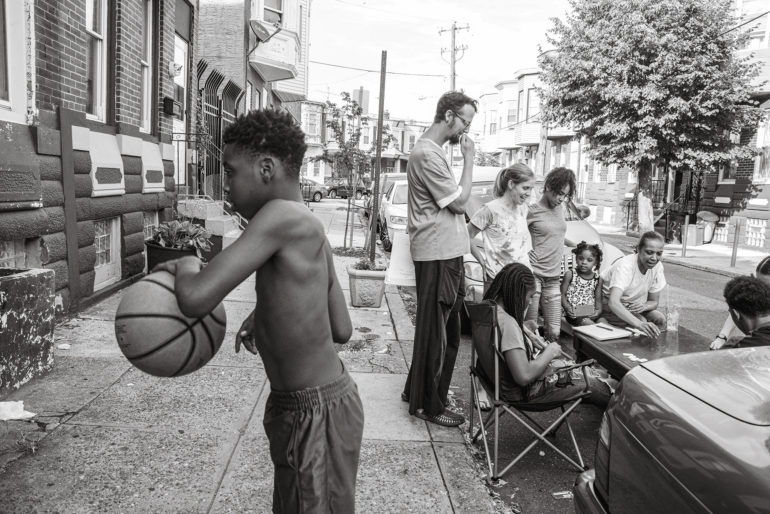
I’m very happy with the 30 images I contributed, and I think the 70 of Steve’s are some of the best he ever produced. It’s really reminiscent of his work in American Edge, which remains one of my favorite books next to The Fire Next Time. In the next few years, Maura and I are looking forward to releasing Steve’s book of New York photos solely from the 50s and 60s, and seventy thirty provides a small glimpse into that project as well. Laughing and Kids in Street are two exceptional New York images of Steve’s that you can view below, and some of our favorite New York shots have been kept hidden in the book.
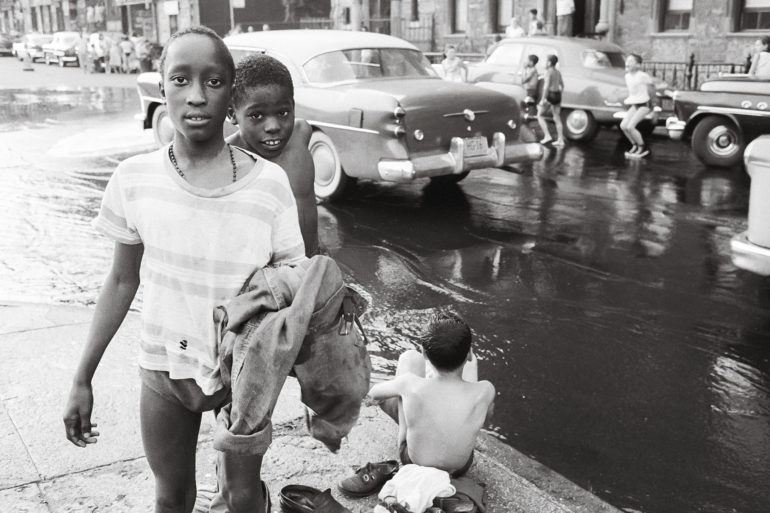
The Phoblographer: What’s the reason for choosing this cover image for a book that showcases humanity across decades? Who is in this photo, and what’s it about?
Theophilus Donoghue: The cover image, Man on Iceberg, is a classic photo of Steve’s but has yet to be published in one of his books. It was the opening double-page spread for a LIFE Magazine article about existentialism. The man in the photo is Norman Alcock, a Canadian physicist who pioneered peace research during the 1960s. It’s great to know the details about the photo, but I especially love this image for its existential mood. As Donne wrote, “No man is an island,” but perhaps each human is an ice floe. In all seriousness, Alcock’s work greatly exemplifies the message of Donne’s famous Meditation 17: we’re all connected and must care for one another and our planet. In a book about humanity and much more, this image seemed fitting.
Editor’s note: See lead image of article for reference
Steve’s focus (no pun intended), which I subscribe to as well, was on the combination of elements that comprise a photo. For noncommercial work, Steve shot mainly in black and white since he believed that was the best way to capture emotion. Often times, color can distract us from the intensity of an image.
The Phoblographer: With so much commendable work over the decades, choosing the final list of photographs for this book would have been far from easy. Please tell our readers how long this took and what influenced the choices.
Theophilus Donoghue: You would mainly have to talk to Maura about that. She and Steve helped to put this book together. I assisted with a few final editing choices. During the pandemic, Maura, Steve, and I (who were housed together with my aunt) fell into a pattern of looking at famous photography books after dinner. In creating seventy thirty, our prime intention was to remove any fluff. There are very few of Steve’s photos in seventy thirty which have ever been published in a book before, and the few duplicates are purposely inserted to dialogue with the other images. There is a beautiful conversation within the book between Steve’s photos and my photos, and I love the manner in which Steve’s images flow with each other. This book was deliberately designed and structured like a photographic poem. Maura and Lorenzo at Damiani are primarily responsible for that.
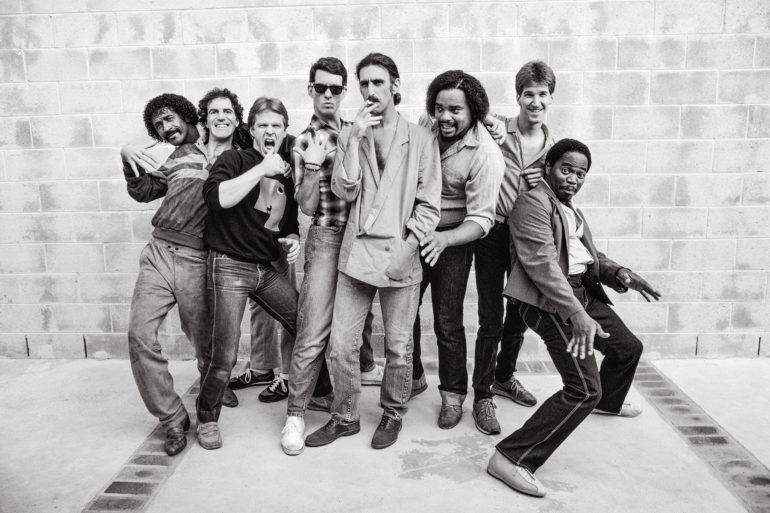
The Phoblographer: What feelings and emotions guided the choices of how many celebrities vs everyday people to feature? And which selective color images made it to the final selection and why?
Theophilus Donoghue: I personally prefer Steve’s documentary photography, and there is an abundance of it, much of which has yet to see the light of day. In choosing between celebrities and everyday people, Maura, Steve, and I didn’t completely differentiate. The main factor was the quality and intensity of the photo. For some people, a celebrity might enhance an image. For others, a recognizable figure might devalue it. What has made Steve’s celebrity photography so special is that he was always looking for those three elements of design, emotion, and information. When working with celebrities, Steve often approached them with the eye of a documentary photographer. Nearly all of the celebrity shots in seventy thirty would be equally interesting if the subject were not famous. However, we definitely wanted to limit celebrities for this project even though they’re sometimes the best way to promote it.
In terms of color images, there are only three in the book: two of Steve’s and one of mine. These images couldn’t be produced any other way since the color strongly contributes to the shot. Like my dad, I prefer to shoot black and white but enjoy using color selectively.
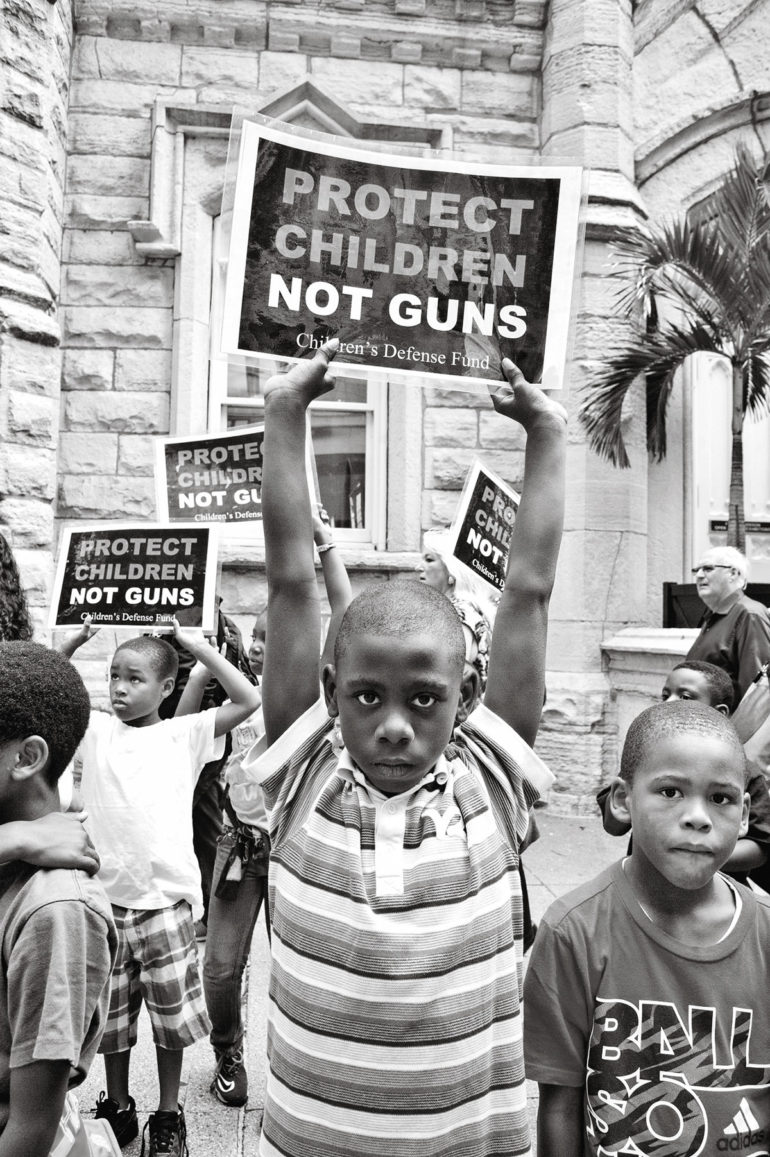
The Phoblographer: Does the book showcase any images the public hasn’t seen as yet? Are we in for some big surprises?
Theophilus Donoghue: Definitely! As mentioned, hardly any of the images have been published in a book before. Steve’s archives are incredibly vast, and we’re just touching the surface with this project. Baldwin on Phone below is a good example.
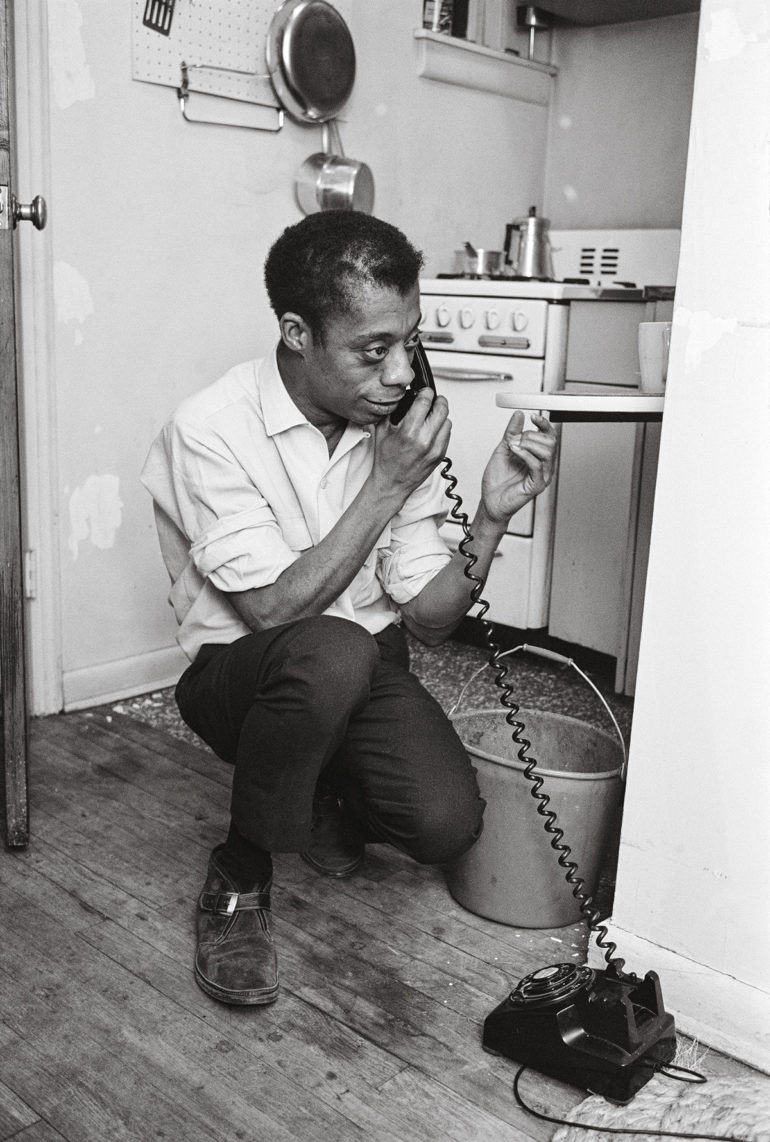
The Phoblographer: If there’s one tip you have for our readers to take better portraits of people, what would that be?
Theophilus Donoghue: I’d follow Steve’s approach: look for those extra elements that enhance the portrait. The subject might contribute plenty of strong emotion or have a unique appearance, but the other objects in the photo add information which can turn a simple portrait into a timeless image.
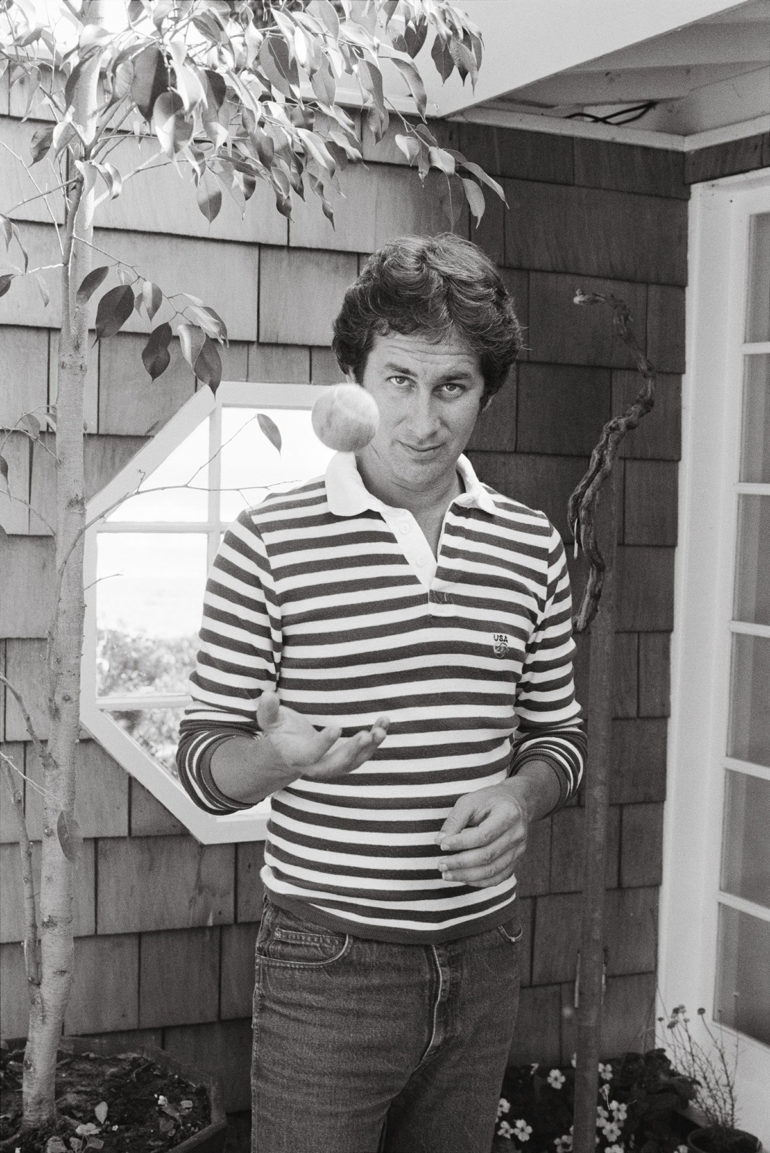
The Phoblographer: What’s the most memorable lesson your father taught you about photography? What do you miss about him the most?
Theophilus Donoghue: The most memorable lesson has been to be brave in taking shots. Steve discouraged being shy when it comes to shooting. If a person doesn’t want their picture taken, then it’s simple with digital photography to delete the image and we should always respect the wishes of anyone being photographed. However, we don’t want to miss “the decisive moment” as Cartier-Bresson taught and Steve promoted. In this world of social media, people can rightfully feel a bit hesitant about being photographed. It’s good to check in with anyone who is clearly identified and highlighted in an image when possible, but we don’t want fear and shyness to prevent us from photographing people, who in my opinion, are the most interesting photographic subjects. My favorite photos of all time often involve people, usually unknown. Steve’s Three Men, which was the cover of American Edge and opens seventy thirty to set the tone, is a perfect example. That shot would not have been possible without Steve seizing the moment–carpe diem and carpe momentum.
I miss dad’s laugh the most and his kind, childlike, and wondrous. My dad was my best friend, but I trust we’ll see each other on the other side. Toward the end of his life, Steve loved the concept, which he and I discussed, of taking pictures in Heaven. As a fan of his commented shortly after his passing, “always good light in Heaven.”
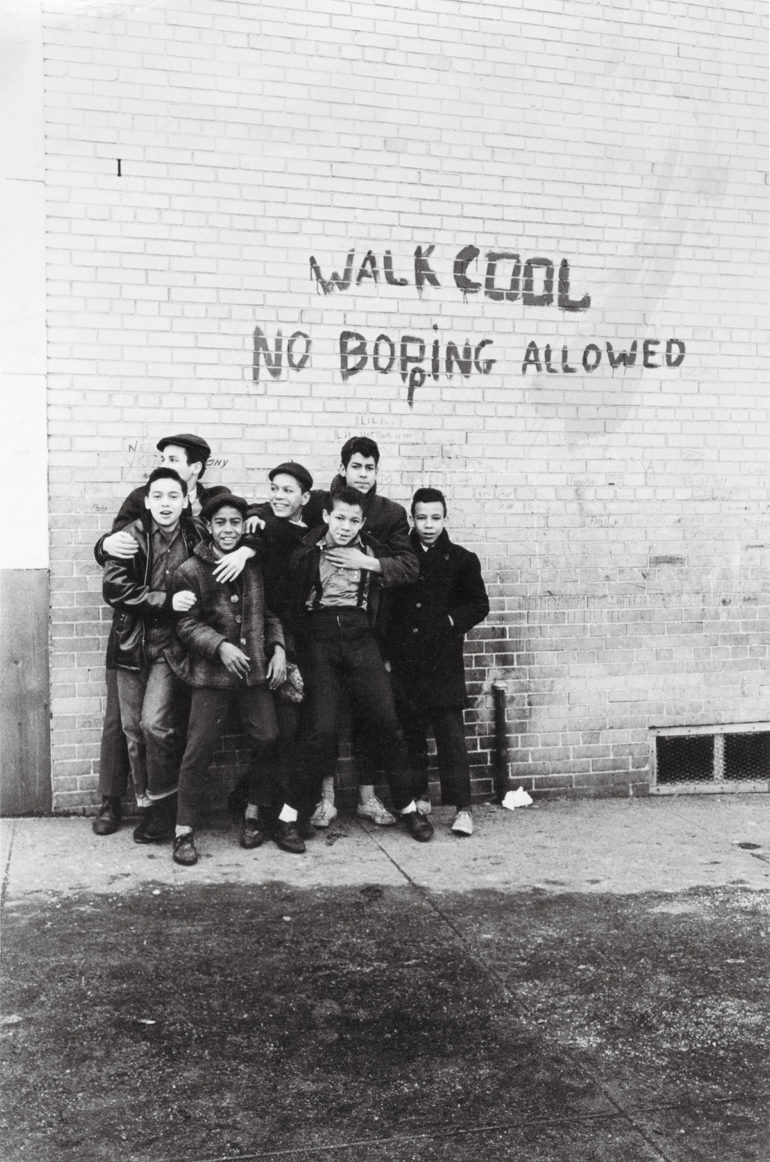
All images by Theophilus Donoghue and/or Steve Schapiro. Used with permission. Check out Theophilus’s website to see more of his photography. You can order seventy thirty from here.
Want your work to be featured? Click here to see how.


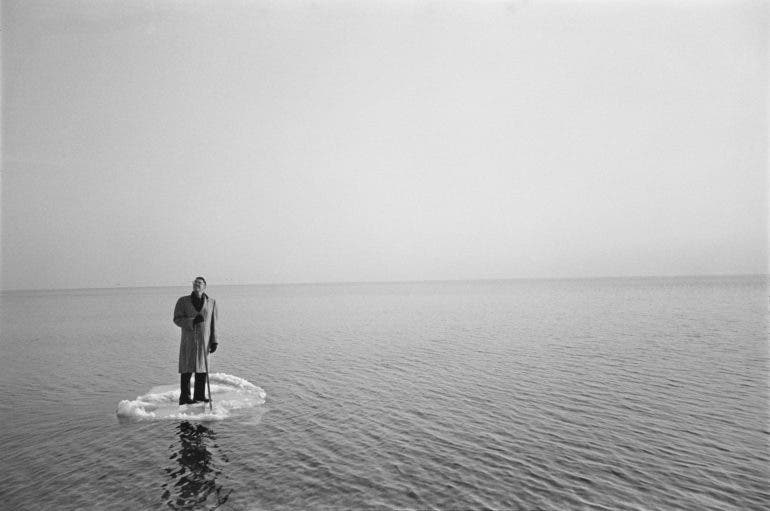
Leave a Reply